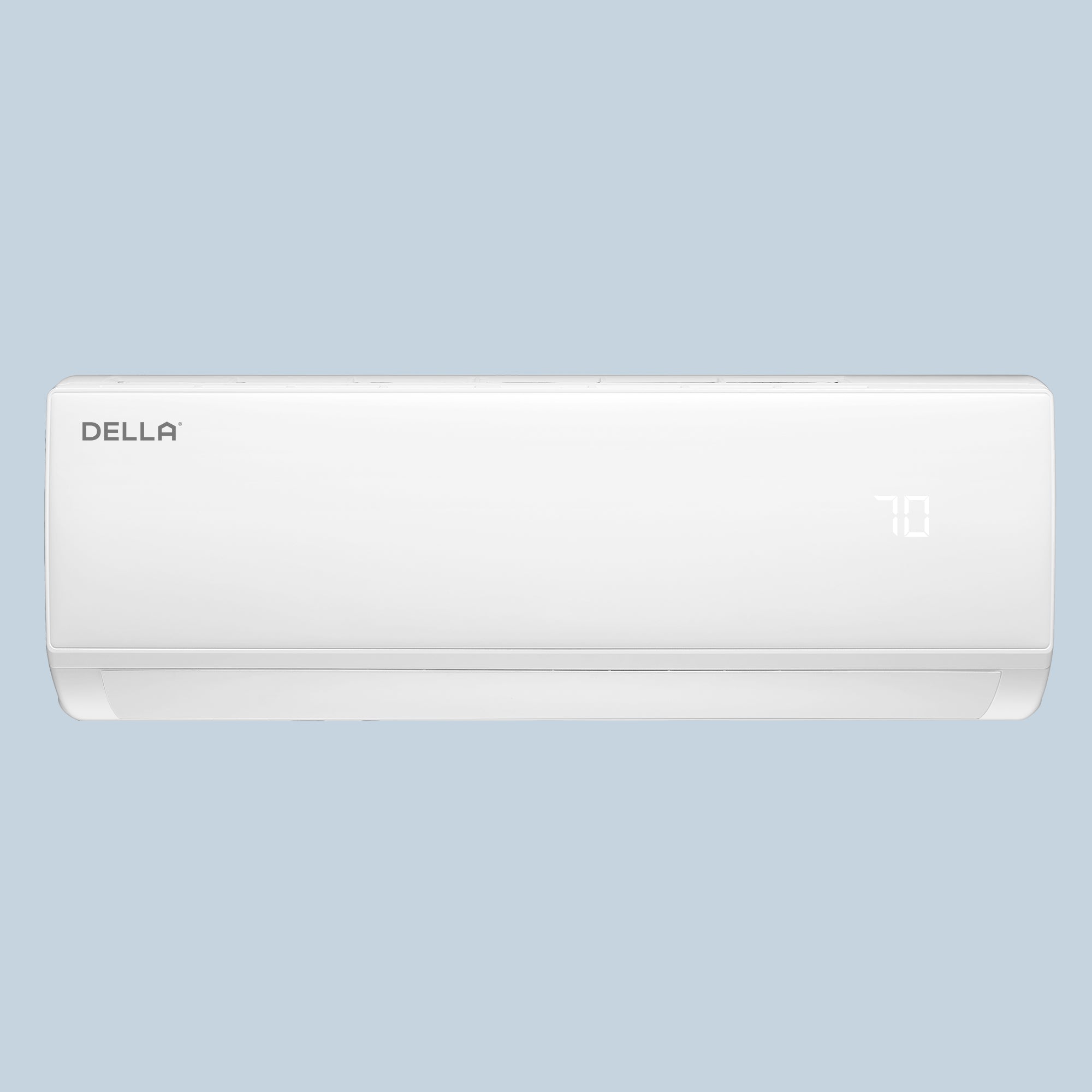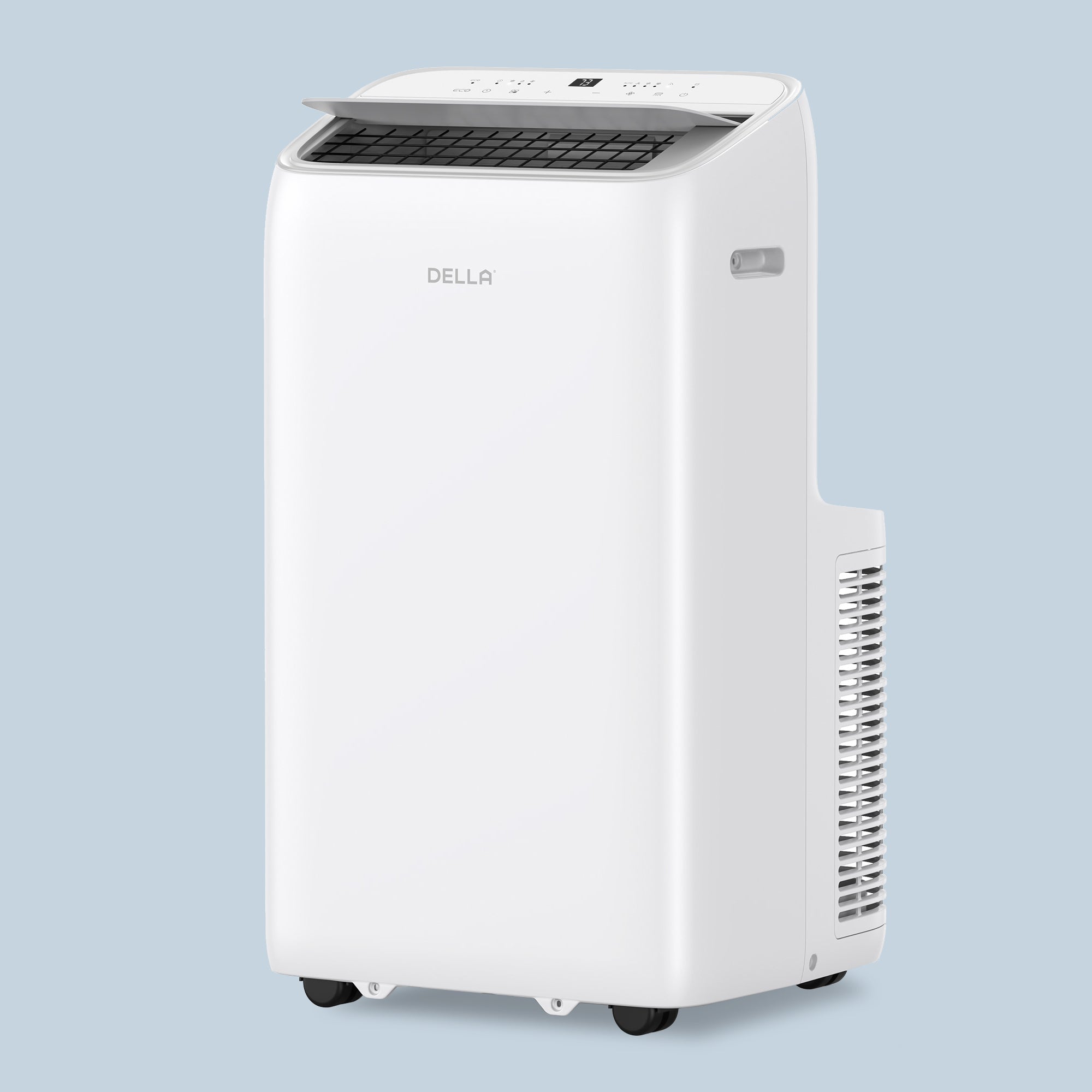When shopping for a new air conditioner or heat pump, understanding SEER and SEER2 ratings is key. SEER measures how efficiently your system cools, directly impacting energy use and costs. SEER2, the updated version, offers a more accurate reflection of real-world efficiency. Choosing a system with a high SEER2 rating can lower your energy bills and improve overall comfort, making it essential to understand the difference. In this guide, you’ll learn the benefits of SEER2, how it compares to SEER, and how these ratings can help you make a smart, cost-saving decision.
What are SEER and SEER2?
SEER (Seasonal Energy Efficiency Ratio) measures how efficiently your air conditioning or heat pump cools your home over an entire cooling season. It calculates how much cooling output you get for each unit of energy used. A higher SEER rating means the system uses less energy, which can lower your electricity bills.
SEER2, introduced in 2023, is the newer version of this rating. It was developed to give you a more accurate picture of how your system performs under real-world conditions, not just in controlled lab tests. SEER2 takes into account variables that reflect everyday usage, like system wear and environmental factors.
SEER vs. SEER2: Key Differences
The main differences between SEER and SEER2 are in SEER2 provides a more realistic measure. Below are the most important differences between SEER and SEER2:
Testing Conditions
SEER is tested under controlled lab settings with lower external pressure, which doesn’t reflect the challenges your system will face in daily use. SEER2, on the other hand, uses a higher external pressure (0.5 inches of water column), which is five times tougher, simulating more realistic conditions.
Accuracy
SEER2 is more accurate because it accounts for real-world factors like system wear and environmental conditions, providing a clearer picture of how efficiently your system will run in your home.
Efficiency Ratings
SEER2 ratings are typically 4-7% lower than SEER ratings due to the stricter testing. For example, a system rated 16 SEER may have a SEER2 rating of around 14.7. However, this doesn’t mean the system is less efficient—it’s simply tested more rigorously.

Is SEER2 Better Than SEER?
SEER2 isn’t necessarily “better” in the sense of being more efficient than SEER, but it is a more accurate and reliable measure of how your air conditioner or heat pump will perform in real-life conditions. SEER ratings are calculated based on controlled lab tests, which don’t fully account for the daily challenges your system faces. SEER2 improves on this by using stricter testing conditions that mimic the real-world environment, including higher external pressures and more varied operating loads.
How to Calculate the SEER and How to Convert SEER to SEER2?
Calculating SEER: SEER, or Seasonal Energy Efficiency Ratio, is calculated by taking the total cooling output of an HVAC system during a typical cooling season (measured in BTUs) and dividing it by the total energy consumed (in watt-hours) during the same period. In simple terms, SEER tells you how much cooling you get for each unit of energy the system uses. The higher the SEER rating, the more efficient the system is.
In short, the formula is:
Total BTUs (cooling output) ÷ Total watt-hours (energy consumption) = SEER.
For example, if your system produces 50,000 BTUs and consumes 5,000 watt-hours, the SEER rating would be 10.
In terms of converting SEER to SEER2: SEER2 uses a similar formula, but it factors in tougher real-world testing conditions like higher external pressures and part-load performance.
Converting SEER to SEER2 is not as simple as applying a fixed conversion formula because SEER2 testing accounts for more complex variables, such as higher static pressure (0.5 inches of water column) versus SEER’s lower static pressure (0.1 inches).
However, there are rough estimates that the conversion typically results in a 4-7% lower SEER2 rating. For instance:
A system with a 16 SEER rating might convert to around 14.7 SEER2.
A system with a 15 SEER rating might convert to roughly 13.8 SEER2.
Here's the SEER vs SEER2 chart for you:
| SEER Rating | Equivalent SEER2 Rating |
| 14 SEER | 13.4 SEER2 |
| 15 SEER | 13.8 - 14.3 SEER2 |
| 16 SEER | 14.7 - 15.2 SEER2 |
| 17 SEER | 15.6 - 16.2 SEER2 |
| 18 SEER | 16.5 - 17.1 SEER2 |
| 19 SEER | 17.5 - 18.1 SEER2 |
| 20 SEER | 18.5 - 19.0 SEER2 |
| 21 SEER | 19.2 - 20.0 SEER2 |
Benefits of a High SEER2 Rating Air Conditioners
Choosing a air conditioner system with a high SEER2 rating (higher than 14.3 SEER2) offers clear advantages for both your comfort and your wallet:
Energy Savings
A higher SEER2 rating means your HVAC system uses less energy to cool your home, leading to noticeable reductions in your electricity bills.
Comfort Control
With a more efficient air conditioner system, you'll enjoy consistent indoor temperatures and better humidity control, making your home feel more comfortable during hot months.
Eco-Friendly
A high SEER2 system is more environmentally responsible, as it lowers energy consumption, reducing your carbon footprint.
Cost Efficiency
While AC systems with higher SEER2 ratings may cost more upfront, they provide long-term savings by cutting energy costs and extending the lifespan of your unit.

What is the Minimum SEER2 Rating for 2024?
In 2024, new regulations set by the Department of Energy require minimum SEER2 ratings for HVAC systems. These regulations depend on the region where you live:
Northern regions (which typically include states like Minnesota, Michigan, and New York): The minimum SEER2 rating for central air conditioners is 13.4 SEER2. This rating is lower because the cooler climate means less overall use of air conditioning.
Southern regions (including states like Florida, Texas, and Georgia): The minimum SEER2 rating is 14.3 SEER2. The warmer climate and longer cooling seasons in these areas require higher efficiency standards to help manage energy consumption.
Why Is SEER2 Air Conditioner More Expensive?
HVAC systems with higher SEER2 ratings tend to be more expensive due to the advanced technology required to meet stricter energy efficiency standards.
The cost difference can be noticeable. On average, a basic air conditioning unit with a standard SEER rating might cost around $3,000 to $4,000 (including installation), while a high-efficiency unit with a SEER2 rating can range from $5,000 to $7,000 or more. However, the higher initial investment can be offset by long-term energy savings—often reducing your energy bills by up to 30%, especially in regions with heavy cooling demands.
Get Your High SEER2 Air Conditioner Now
In conclusion, understanding SEER2 helps you choose a more energy-efficient air conditioner that better reflects real-world performance. Investing in a system with a high SEER2 rating means long-term savings and enhanced comfort.
In conclusion, understanding SEER2 helps you choose a more energy-efficient air conditioner that better reflects real-world performance. Investing in a system with a high SEER2 rating means long-term savings and enhanced comfort.
If you're looking for a reliable, high-efficiency system, Della offers excellent options, like the mini split AC, or the 12000 BTU Air Conditioners with a 20 SEER2 rating for just $650, or the mini split heater AC 9000 BTU model at $550. These units provide excellent energy savings, making them a smart choice for your home. Explore Della’s air conditioner sale today and enjoy the benefits of efficient, advanced cooling technology.








LEAVE A COMMENT
All comments are moderated before being published.
This site is protected by hCaptcha and the hCaptcha Privacy Policy and Terms of Service apply.